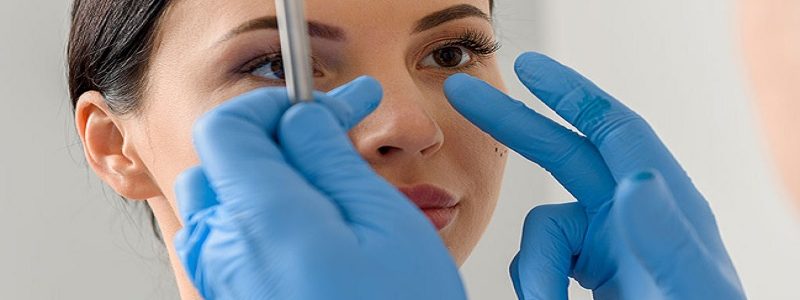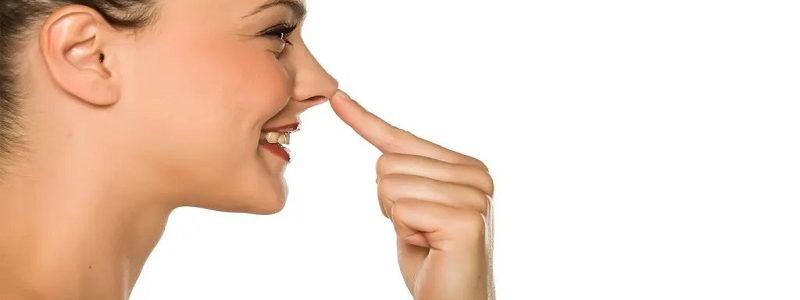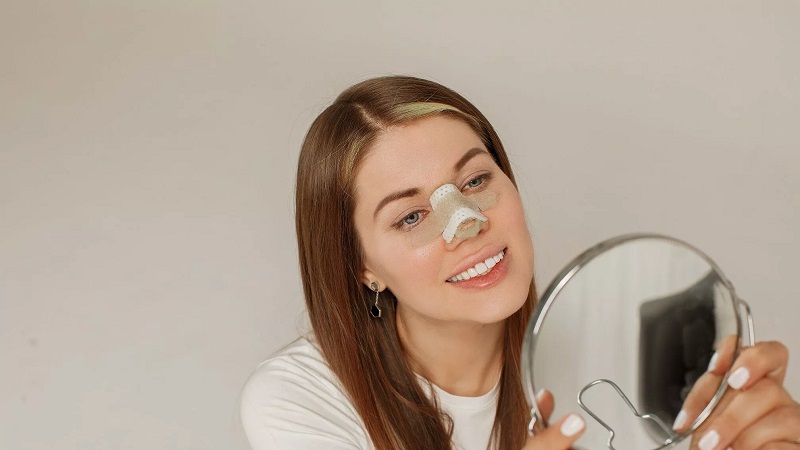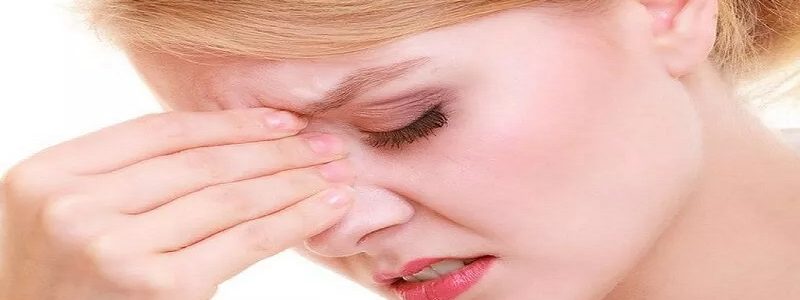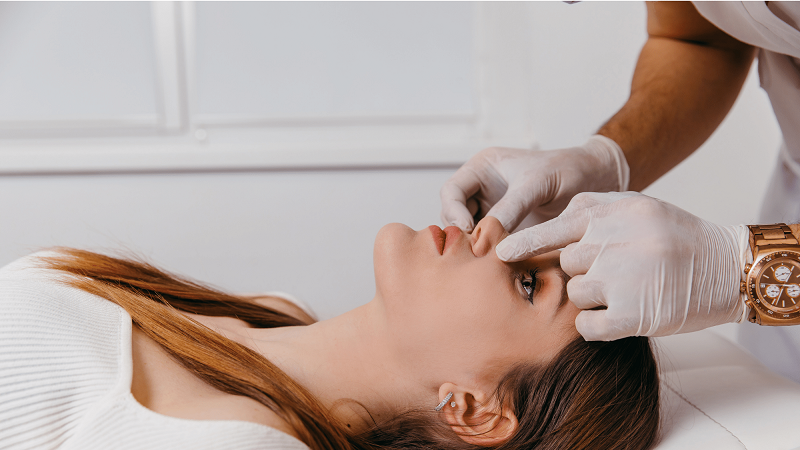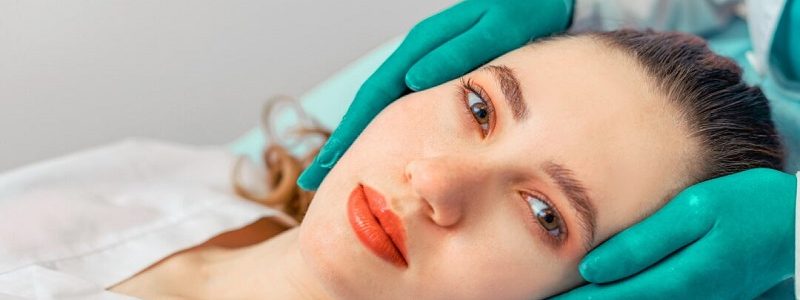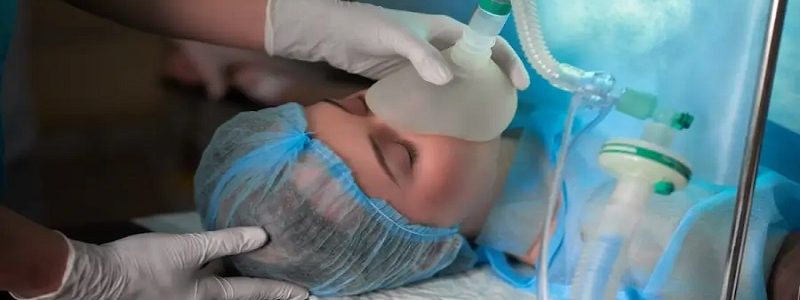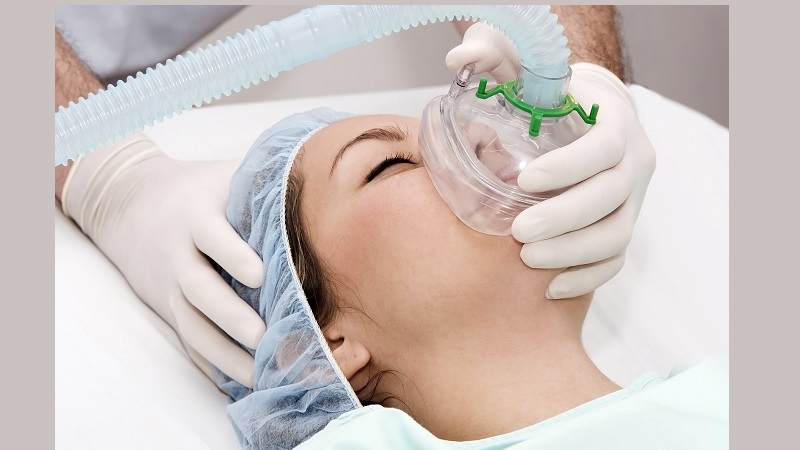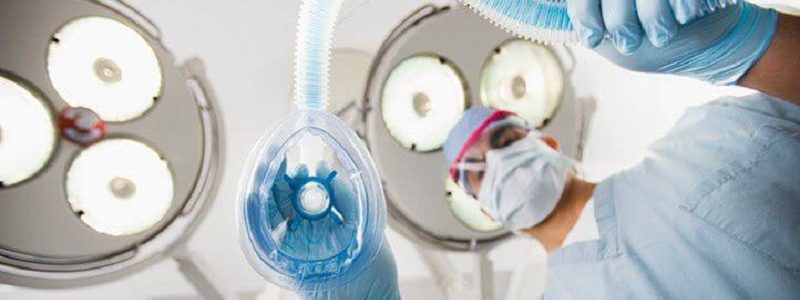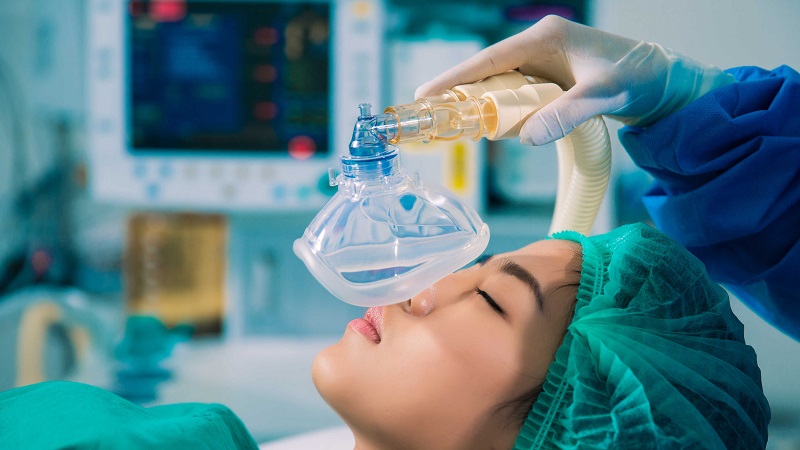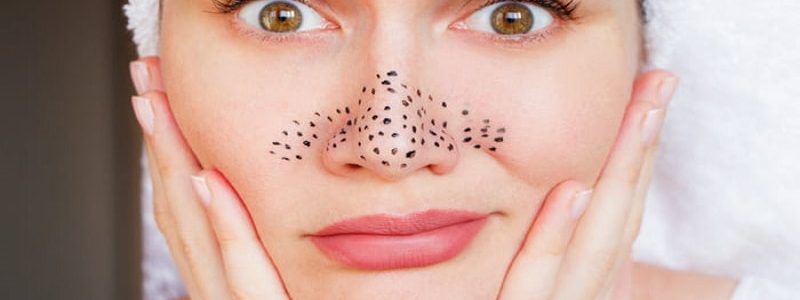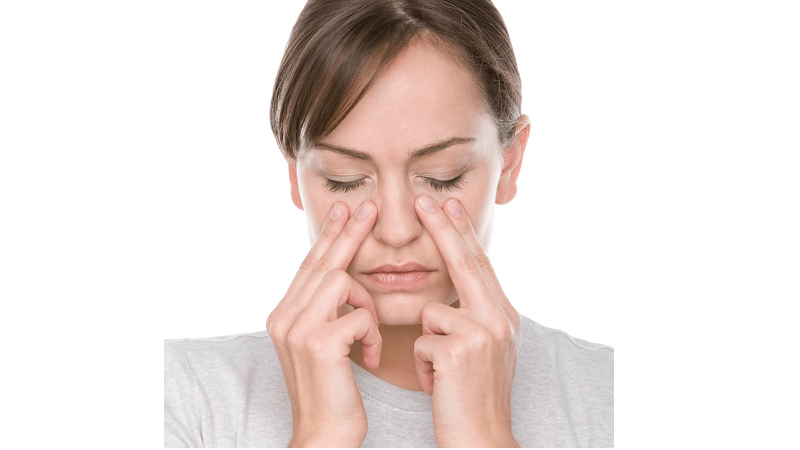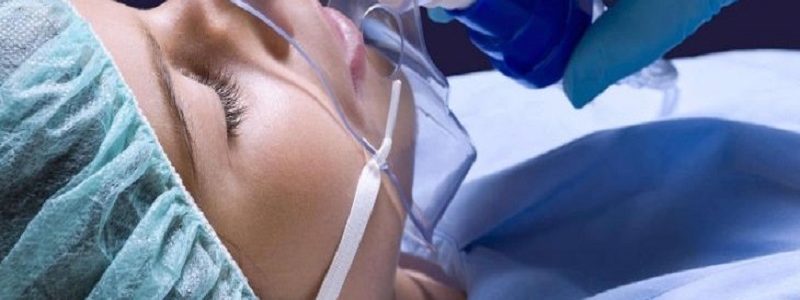Care recommendations for septoplasty surgery
During the consultation session before the operation, the doctor will recommend a series of cares to you in order to get the necessary preparation for the operation and experience the least problems. (Best of nose surgery – Jaw surgeon of Isfahan) توصیههای مراقبی برای جراحی سپتوپلاستی را مورد بررسی قرار می دهیم.
- Preparation of photos and necessary tests
- Avoiding the use of anticoagulants and non-steroidal pain relievers such as aspirin and ibuprofen
- Avoiding smoking and alcohol for at least two weeks before surgery
- Healthy and adequate nutrition before surgery
- Adequate fluid intake
- Coordination of medical conditions and medications with the doctor
- Wear comfortable clothing on the day of surgery.
Care tips after septoplasty
after surgery سپتوپلاستی, the doctor recommends a series of cares that help to reduce complications after surgery and obtain a favorable result. The most common postoperative recommendations are::
- Use buttoned clothes more so that you don't put pressure on your nose when changing.
- from contact with the nose or blowing your nose In order to perform the steps after rhinoplasty, important tips and instructions provided by.
- Avoid eating hard foods that require chewing for a few weeks.
- Do not wear glasses for several weeks.
- Avoid vigorous exercise.
- Avoid sneezing, coughing and loud laughter as much as possible.
- until the 2 Avoid smoking and alcohol for a week.
- until the 2 Avoid going to the swimming pool and sauna.
- After a week, you can visit a doctor to remove the intranasal plaster and splint.
The cartilage and bone of the nose may not be strong enough for a year; For this reason, it is recommended to take care of your nose for at least one more year and do not expose it to injury.
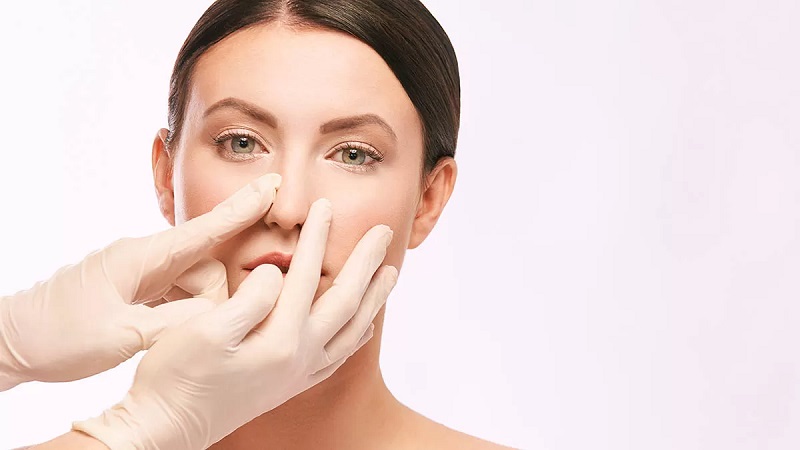
Characteristic of suitable candidate for septoplasty
As we said, people who Nasal deviation They are using septoplasty to solve this problem. Usually, nasal deviation is either congenital or caused by a blow to the nose. In any case, you must meet the conditions to use this surgery. For example, people who have partial nasal deviation probably do not need surgery. Also people who are less than 18 They are years old, it is better if possible to wait until this age so that the facial bones become stable. Also, in order to benefit from the benefits of this surgery, the person must be in perfect health.
Useful links: Isfahan nose surgeon _ Jaw surgeon of Isfahan
Dr. Behnam Khorrami's page in the clinic 24 | Maxillofacial surgeon in Isfahan clinic 24 | Nose surgeon in Isfahan clinic 24
Dr. Behnam Khorrami, nose surgeon in Isfahan at Dr. Af | Maxillofacial surgeon in Isfahan at Dr. Af | Isfahan nose surgeon at Dr. Af
